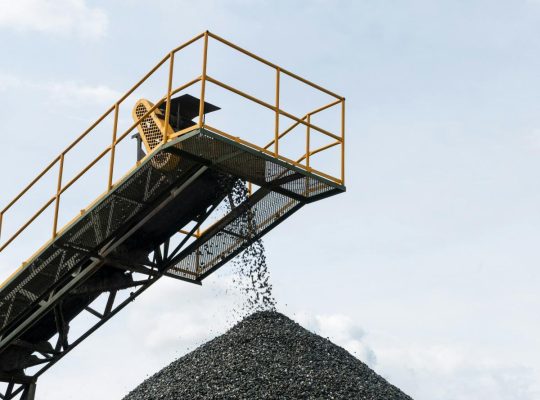In the thick of discussions over streamlining the industrial process, the incoming President who won the February 14th, 2024 elections is set to continue this trend. The Minister of Industry recently established Regulation Number 6/2024, which oversees the guidelines for importing electronic items. This move comes after dissatisfaction with the trade imbalance in 2023, but the hope is that by refining key natural commodities, we’ll also energize homegrown businesses, as both go hand in hand.
Statistics from Indonesia highlight a worrying pattern: from 2014 to March 2023, exports in major industries like electronics and machinery have been outpaced by imports. 2018 saw a peak deficit of US$12.593 million, while 2022 recorded a deficit of US$6.886 million. Despite claims that enhancing raw materials has boosted exports – with nickel exports in 2022 fetching US$33.8 million – it’s unclear who truly benefits if our own industries are floundering. Ideally, refining raw materials and industry growth should complement each other, not clash.
The Interplay Between Refining Processes and Industrial Growth
Refining raw materials and bolstering industrial growth should work together towards enriching the nation’s economy. The idea is to transform raw goods into semi-finished or complete products before selling them across the globe. This process not only gives more value to our exports but also promotes local industries, creating jobs for Indonesians.
Industrial growth zeroes in on the effective transformation of raw materials for maximum profit. When local industrialists process these materials, the benefits multiply – with both higher government tax revenue and profits for the industrialists. If, however, we lean on foreign industries, they reap the rewards, not our people who rightfully inherited Indonesia’s resources.
The heart of industrial expansion lies in job creation. As businesses grow, they need more skilled workers. But if we rely on foreign industrialists for refining, they tend to import their own workers. Look to Morowali’s smelting industry, packed with foreign workers – it’s not a model we want the upcoming government to adopt.
Insights from China’s Economic Transformation
China is an example of transforming raw materials hand in hand with industrial growth. They didn’t become a manufacturing juggernaut overnight; over 35 years, they’ve made remarkable strides, now producing a substantial portion of the world’s steel, cement, and technology, and outpacing others in industrial patents.
China’s method was to maintain political stability, start with rural reform, elevate primitive rural industries, use manufactured goods to transition into machinery, focus on infrastructure, and avoid full privatization while moving from labor-intensive industries to more capital and technology-heavy sectors. They’ve shifted from a market relying on domestic saving to one of consumerism and high welfare.
In a later phase, they prioritized mass production of consumer goods, thereby growing their textile market and cotton imports. Their rural workforce and industry output saw substantial increases, and they’ve now developed an extensive transportation network with pervasive high-speed trains.
Learning from China means prioritizing domestic industry through economic incentives instead of relying on foreign investment. Ministerial Regulation Number 6/2024 aligns with this as the new President looks towards continued enhancement of domestic processes.
The policy aims to sustain Indonesia’s industrial environment and leverage current manufacturing infrastructures like Electronic Manufacturing Service (EMS) and Original Equipment Manufacturer (OEM) by:
- Uplifting the capacity of Indonesian industries;
- Crafting partnerships with international brands not yet allied with local production;
- Facilitating knowledge transfer;
- Ramp up domestic employment.
This strategic integration of Indonesia’s commodities into the global market aims not only to improve trade balance but also to ensure that the nation’s resources and its people benefit directly from the fruits of industrial advancements.


















